When Kevin Song lent me his Porsche Taycan to review, one the negatives he pointed out was the charging network. So I thought I’d take a closer look at how electric vehicle DC fast charging is stacking up against something like the ubiquitous Tesla Supercharger network. And how are things looking for DC fast charging in general?
When the Porsche Taycan was announced, the DC fast charging speed was one of the things that Porsche highlighted.1 2 It can charge at up to 270 kW, which is faster than any Tesla can charge today. While that sounds impressive, the reality of how it stands is very, very different. The only place you can potentially achieve those fast charging rates is at select Porsche dealers or select Electrify America charging stations.3 The same is true for Europe with certain 350 kW Ionity charging stations.
This isn’t a direct knock against Porsche for pushing the marketing about its fast charging capabilities … the car is capable of it … but it’s a knock against the current state of DC fast charging around the world. It’s kind of a hot mess from a user experience perspective, but for the most part it’s good enough for long road trips … and it’s getting better.
When it comes to charging your car you really have two options: 1) charging at home, and 2) charging at public chargers. But with public chargers you can break that down again into two other options: 1) slower public charging speeds, like Level 1 and Level 2 charging stations, and 2) fast public DC charging speeds like 50 kW, 100 kW, and even faster. How fast a car can charge is dependent on the car and the charger. For this video I’m focusing on the second option there … public DC fast charging. And while I’ll be using a lot of examples from the United States around this, the challenges are universal. Almost all of these points can be applied to Europe, Australia, and elsewhere.
The vast majority of EV charging today happens at home, which tends to be a slower charging speeds, and is actually better for the longevity of your battery pack. The faster you charge your battery, the more strain you put on the pack. Public DC fast chargers are really meant for long road trips to get up and going again as quickly as possible. The reset of the time charging at slower rates at home or work is the recommended path.
To go back to the Porsche, super fast 270 kW charging capabilities, not all stations are capable of 250+ kW charging. If you look at the Electrify America’s charging network, they tout 350 kW charging speeds … but good luck finding a station that can pull that off. In my area almost every Electrify America station I tried to find was 150 kW charging, which is on par with Tesla’s V2 Supercharging. Electrify America is currently focusing the 350 kW chargers near highways, but clearly not everywhere … I couldn’t find any near me and I live off the longest interstate in the country.
At the moment it’s kind of be like pulling into a gas station to find that they only can dispense 10 gallons/liters of gas an hour, but the station down the road can dispense 50 gallons of gas an hour. You’re going to get your fuel either way, but how long it will take is all over the map. How clearly this is communicated is part of the problem right now with EV charging around the world.
But the "what speed will I charge at" question isn’t limited to non-Tesla fast chargers. Superchargers are capable of charging a Model 3 and Y at up to 150 kW today, and that baseline is true for every Tesla Supercharger you see. However, the V3 Superchargers that they’ve recently started to role out are capable of 250 kW. So even within the Tesla ecosystem, it’s a little bit of a mixed bag if you’re going to get 250 or 150 kW or even half that. Because on the V2 Superchargers the charging throughput is shared with the neighboring spot. It’s pairs of chargers that are capable of the 125 or 150 kW speeds total. So if two Teslas are charging at the same time on the charging pair, you’re sharing that total and each car is charging at half the rate. But the V3 Superchargers don’t have that downside: all chargers are guaranteed the full charging throughput. Tesla does do a good job showing available charging spots, and the charging rate of the chargers, in the car when you’re looking for a place to charge up. It’s a better user experience tracking them down than some other cars.
But charging speeds isn’t the biggest challenge with the current state of EV fast charging. It really comes down to availability and reliability. The US Department of Energy has compiled a pretty good database of chargers across North America. There’s also similar data available for the EU that I found through the European Alternative Fuels Observatory. These numbers aren’t going to be up to the minute accurate, but they are close enough to give a good snapshot.
Number of Stations
In North America there are 3,127 CSS or Chademo DC fast charging stations that include 7,188 chargers. And Tesla has 888 Supercharger stations with about 8,640 chargers. And to be clear, those are only DC fast chargers with speeds over 50 kW. Those statistics are interesting to me because on the surface it sounds like there are so many more charging locations for non-Teslas. But Tesla has more actual chargers across those locations. That works out to roughly 2.3 chargers per non-Tesla fast charging station vs. Tesla with 9.73 chargers per Supercharger location.
That’s an important distinction because it’s something I’ve heard quite a few times from viewers, like when I put out a shoutout for fast charging feedback on YouTube and Twitter.
"Charge point chargers generally work but there’s usually 1 at a site, which means you gotta wait if another EV is charging there." -Harsimran Bansal, YouTube
Number of Chargers
If you break down the stats by the major networks across North America, you have Tesla in the lead with the 888 stations. Followed up with ChargePoint and EVgo virtually tied for second place, and then Electrify America rounding out the top networks with 459 stations and 2,034 fast chargers. But just like Tesla they’re doing a better job than everyone else on the list providing a higher average number of chargers per station, at 4.43. It’s still not Tesla territory, but it’s a start. They’ve been rolling out DC fast charging stations… well, fast.
Chargers per Station
So where are all of these charging stations? In most cases you’ll often find DC fast chargers located along major highways and routes since they’re really meant for long distance travel. Tesla’s patchwork of stations is the most interesting to me no matter where you look at them around the world. There’s a clear pattern that emerges along all of the major roadways, and they’re clearly spaced at distances to keep at least one in reach at all times along those routes. And in densely populated locations you’ll find several options. They aren’t absolutely everywhere yet … for instance they turned on the Trans-Canada route just at the end of last year. Non-Tesla DC fast chargers are following a similar pattern, but are clearly behind with larger gaps in the networks still.
And that brings me to reliability, which is the most problematic angle of all of this. It’s a patchwork of mobile apps, authentication and payment options, and sometimes strange pricing schemes. Again, I got some great anecdotal feedback from some of you.
"Using the UK and European non-Tesla CCS networks needs a user to get accounts with several multinetwork RFID cards providers like Maingau or shell recharge, to improve the chances that you’ll be able to charge at any CCS charger.” -Constructioneerful, YouTube
"I think the problem in the US is that there isn’t really a convenient way to pay at the different charging networks outside of Tesla." -Andrew Riley, YouTube
To use non-Tesla DC fast charging is kind of the Wild West for accounts and payments. You often need to load a bunch of apps on your phone or create individual accounts. Others accept touchless payments, which makes it far easier and painless. And sometimes you need to call a phone number to get authenticated and start charging. Thankfully that last issue seems to be pretty rare, but it does happen.
It’s the pricing that can also be really bizarre. When you buy gas everything is clearly marked for a price per gallon, but with EV charging that could be a per kWh price or a per minute price. Yep, per minute. EVgo charges $0.30/minute for DC fast charging in Massachusetts. When I tested out Electrify America with the Porsche Taycan it also charged by the minute, but the rate varied based on the speed of the charge. So the 150 kWh charging speed was costing me $0.89/min. For some back of the napkin math, if you were charging at a 150 kW charger and put on 50 kW, you’d most likely be plugged in for around 20 minutes or longer. Since your battery slows down the charge as it gets closer to full, the time it will actually take varies, but you’d be looking at a starting price of $17.80. Tesla on the other hand charges by the kWh at most locations, so it’s easier to calculate the actual cost. At $0.28 per kWh here in the US, you’d be paying $13 for the same 50 kWh.
To go back to my bad analogy of the gas station pumping 10 gallons an hour, how would you like to pay for your gas based on how long it takes to pump into your tank? It makes no sense other than finding a way to grossly overcharge customers. Thankfully, Electrify America just recently announced that they’re switching to a per kWh pricing model … but only in the states that allow it. That’s right … some states require a pay per minute rate here in the US. The world is upside down. Black is white … dogs and cats living together … mass hysteria.
But the pricing craziness gets even more difficult when some networks require user accounts to use them. Or that they offer memberships for lower kW rates, but those memberships have monthly subscription fees. If you’re driving around areas of Europe, you might need 3, 4, or even 5 charging cards and accounts to make sure you’re covered for wherever you might travel on a road trip. Like I said before, it really is the Wild West right now for accounts, pricing, and payment options.
One of my Patreon Producers, Rob van der Wouw pointed me in the direction of this fantastic website, Charge Card Top 10. Just take a look through all of the craziness of the charge card options available in Europe and where they may or may not be accepted on different chargers. At this moment I have 4 different apps on my phone in case I need to use some non-Tesla chargers, like Volta, Chargepoint, Plugshare, and EVGo.
On top of that consumer hostile pricing structure and charge card madness, is the possibility of pulling into a spot with a non-functioning charger. Going back to Harsimran’s comments on there usually being 1 charger at ChargePoint chargers … imagine pulling into that and it’s broken. No other options. This isn’t something you encounter very often with gas pumps and EV networks have to get better about this. I’ve seen it myself a number of times with Chargepoint, but with Superchargers I’ve only ever encountered one broken charger. Again, I got some interesting feedback from some of you about this.
"One time at an electrify America station it refused to let me take the chademo adapter out. So I had to wait for it to charge to 100%. Customer service was nice and gave me the charge for free." @PandaKitty5683
“The issue we have run into is the number of locations that don’t work. Several between us and Indianapolis just don’t work, but you don’t find out until you are there. We stopped using our Leaf to travel that far because of the issues.” -Doug Jessee, YouTube
"Tesla – always amazing. (A little slow in winter circa 60kw). Polar/Chargemaster – tried 3, all 3 failed or broken. CYC – tried 2, 1st broken, 2nd wouldn’t charge faster than 11kw. All experiences in the U.K. Needless to say I stick to the supercharger network these days." @OranMaliphant (Oz Maliphant)
This feedback I’ve seen about spotty reliability isn’t limited to a specific location, you can find examples all over North America and Europe like this.
During my test run of the Porsche Taycan at the Electrify America charger, one of the four chargers was down. And as I mentioned I was paying $0.89 per minute with a session fee of $1.00 on top of that. The actual setup process to get it going was pretty easy. I could have used my phone to pay, but I went with a credit card and it didn’t require an account, so within a few seconds I was up and running. Other than the pricing, the experience was pretty good.
Compare that to the experience of charging a Tesla at any Supercharger. No authentication needed to start. Just pull up, plug in, and walk away. The user experience is kind of hard to beat. As for charging speeds, I wasn’t able to do a full rundown of the Porsche’s battery for comparison, but the 150 kW charging speed wouldn’t have been any different from my Model 3 at 150 kW, so the differences really come down pricing, payment, and reliability.
And with all of this I still haven’t touched on the different charging plugs that are available out there, like Chademo, CCS1 and 2, J1772, and Tesla. I did a separate video about the wide variety of charging plugs and standards, so I’ll include a link to that in the description. But that’s another user experience challenge for the adoption of EVs.
While it sounds like I’m bagging on the non-Tesla user experience a bit, I’m really not. We’re still in the early days of EVs, but it’s incredible how fast new charging stations are rolling out all over the world … and getting better. There were positive notes from the feedback I received on Twitter and YouTube.
"BPChargemaster great. InstaVoltUK great, contactless/ApplePay simplicity. engenieUK great, NFC charged to my home @octopus_energy elec bill." @norfolkmustard (Stu)
"At first (last June), Electrify America was a headache! Super unreliable, but that’s changing with their hardware refresh. Now, at the newer stations, charging is a non-issue, which is a pleasure considering the fast charging curve of our e-tron. EVgo has never let me down. Only 50 kW, but very reliable and I use them as a backup to EA location that have not be refreshed yet." @Genyosai (Nicholas T. Gallman)
But the general tone of the feedback felt like it fell in line with a Zap-Map survey from last year that showed UK customer charging satisfaction. Tesla, unsurprisingly, topped the list with a score of 94 out of 100. The next highest was 86 out of 100 and it quickly went downhill from there.4
It’s pretty clear that Tesla is several years ahead of the competition with not just the number of DC fast chargers, but also the user experience of using them. We need better standards and requirements across networks to ensure a better user experience across the board for new EV owners. It sounds like a hot mess, because in some regards it is, but it’s getting better. Even over just the past few years we’ve seen the competition speeding up on fast charger rollouts, which is great for all EV owners. EVgo has been picking up the pace and planning to add 2,700 new chargers over the next five years.5 And Chargepoint wants to have 2.5 million chargers around the world by 2025.6 And even competing networks are starting to team up to build out combo fast charger locations like Fastned and Tesla opening a 28 charger location in Germany. But we still need governments and companies to step up and standardize pricing schemes and payment options. Much like they’ve done around standardizing EV plugs like CCS in the EU. Reliable and convenient access to fast charging is the best way to address range anxiety for new EV owners and to ease EV adoption.
Porsche – The charging process: Quick, comfortable, intelligent and universal ↩︎
Electrek – Porsche Taycan first car to charge at 270 kW on Electrify America’s network ↩︎
Zap-Map – Zap-Map user survey reveals top 10 EV charging networks ↩︎
General Motors and EVgo aim to accelerate widespread EV adoption by adding fast chargers nationwide ↩︎
Road Show – ChargePoint to add over 2 million EV chargers by 2025 ↩︎



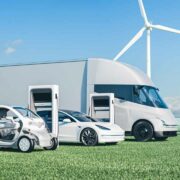
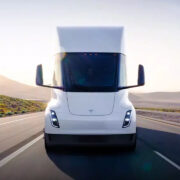

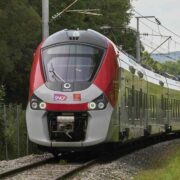
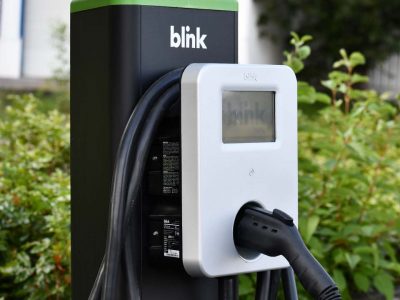

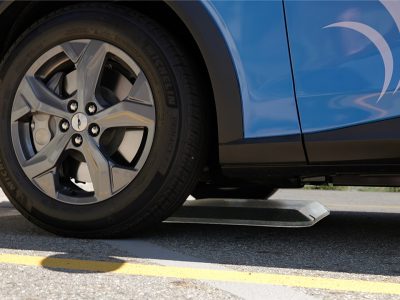
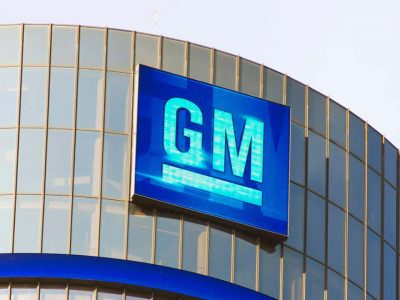


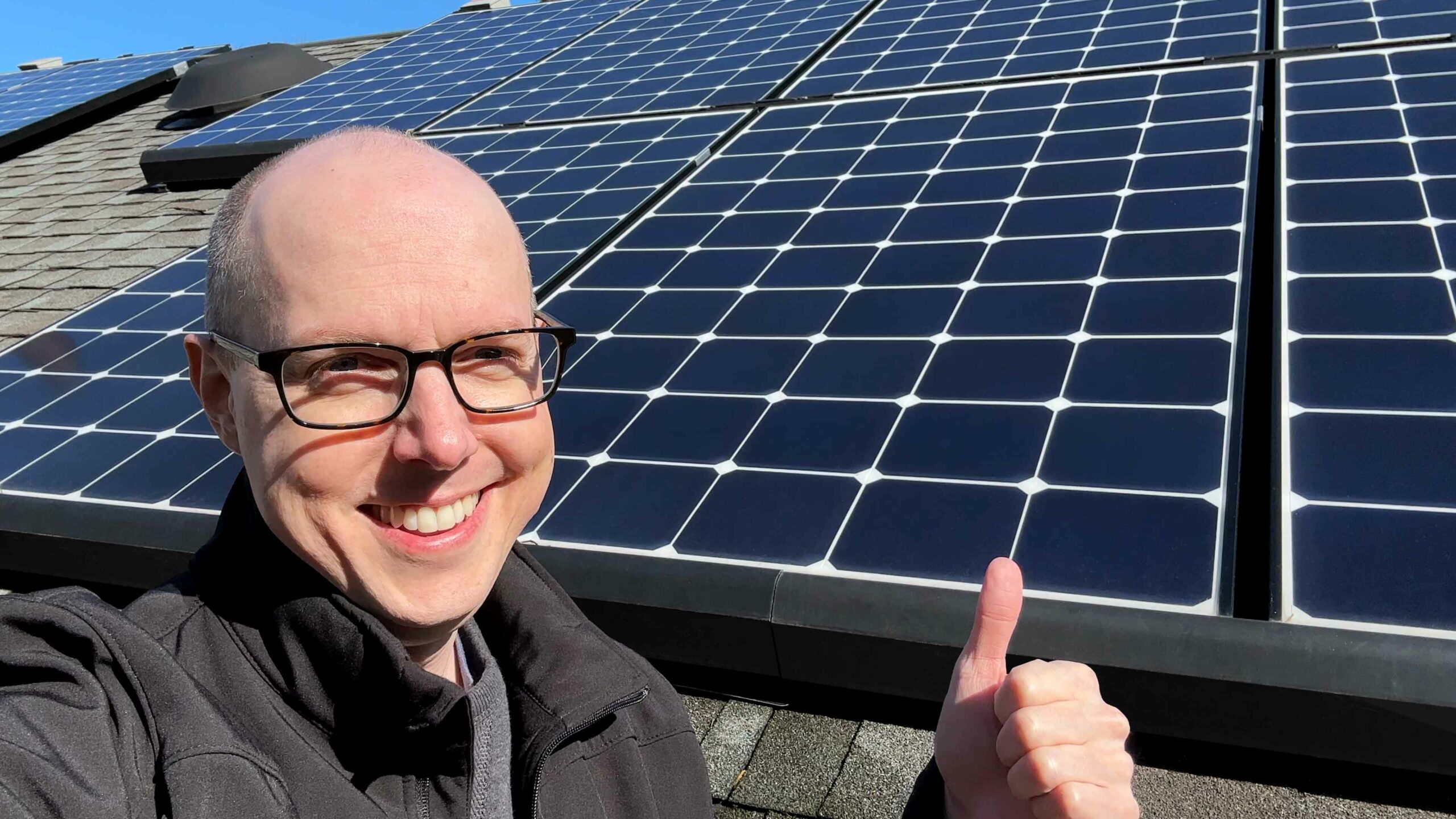
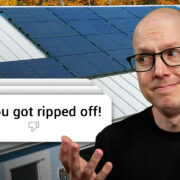
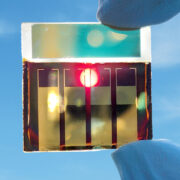


Comments